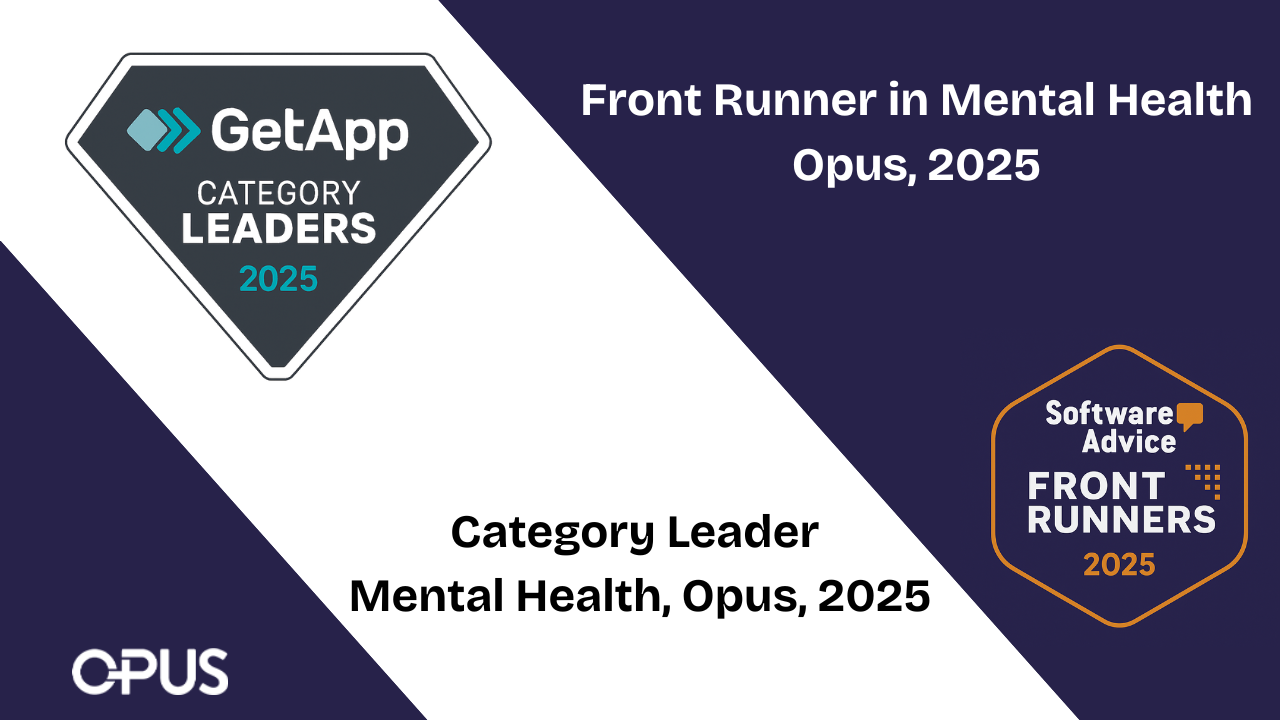The Challenge of Patient Satisfaction in Behavioral Health
Are Treatment Outcomes or High Patient Satisfaction Scores Your Ultimate Goal?
Patient satisfaction in behavioral medicine has been extensively studied and has served as an indicator of quality of care. A challenge in using this metric to evaluate behavioral medicine patients is that many of the underlying patient diagnoses could negatively impact satisfaction scores.
Some studies suggest patients with underlying severe mental health disorders such as schizophrenia are more likely to give providers lower marks as compared to patients with more mild exacerbations of their underlying condition. Providers therefore not only have the challenge of medically managing these patients but also working to achieve good marks on their provider report cards. Are patients that are struggling with the lows of depression more likely to rate a provider on the lower end of the scale? Most likely. Due to the nature of mental health disorders at baseline, I would argue behavioral health clinicians have a more challenging hurdle to surmount when it comes to these quality metrics.
“Research suggests hospitalized patients are more likely to rate on the lower end of the spectrum as compared to those who are receiving services on an outpatient basis.”
There are other considerations when it comes to patient satisfaction and behavioral medicine such as the environment from which the patient receives clinical services, whether it be inpatient or outpatient. Research suggests hospitalized patients are more likely to rate on the lower end of the spectrum as compared to those who are receiving services on an outpatient basis. Other determinants of patient satisfaction include the typical factors that we would anticipate for any medical specialty such as professional competence, positive mentality, professionalism, strong communication skills, and treatment plan efficacy.
Are high utilizers low raters?
Patients who are high utilizers of the healthcare system may be low raters when it comes to quality metrics; those highs and lows may due to the nature of their underlying disorders. According to the ADAA, anxiety disorders affect 40 million adults in the US over the age of 18. These disorders can be episodic or recurrent, and often challenging to control. Panic attacks may bring patients back to outpatient and emergency providers on numerous occasions, especially leading up to their formal diagnoses.
“Is it our job to heal or provide customer service? To be blunt – it’s both.”
How do we overcome their underlying pathophysiology when it comes to satisfaction surveys? And should we even try?
We know that medicine is an art, a science, and a business.
However, not a single provider reading this article wrote their personal statement for medical school admission on how they dream of achieving the highest rate on patient satisfaction surveys. Is it our job to heal or provide customer service? To be blunt – it’s both. Two providers enter a patient exam room. One is direct, to the point, doesn’t give the patient time to explain themselves, doesn’t try to include the patient in their care process. The second provider makes eye contact, listens, empowers, and encourages the patient and reminds them that the healing process is a partnership that needs investment on both the patient and provider end. Both providers end up prescribing the same medication. Which patient encounter has the better outcome? It’s a “gimme” test question.
Medicine is more than how smart you are.
Sure, professional competence is high on the list of qualifiers, but it takes so much more than professional competence to provide a positive patient experience. In the behavioral medicine sector, patient satisfaction can be even more of a challenge, and we need to consider how to address providing professional clinical services while being mindful of how you are being perceived by your patients.
Here are five questions to ask yourself:
- Does your clinic use patient satisfaction metrics to track quality of care?
- How does your practice address low scores?
- Are data metrics on patient satisfaction embedded into your electronic medical records?
- Is there a function in your EHR that tracks a patient’s satisfaction scores so that they can be addressed/improved upon at the patient’s next visit? If not, is this a customization that would benefit your clinic?
- How can we improve upon patient satisfaction scores if we aren’t tracking them?
You have questions. We have the answers.
Specifically designed for the behavioral health industry, our platform was created to help providers deal with the challenge of providing professional clinical services and improving patient survey outcomes.
Don’t choose between high quality customer service and high-quality patient care – just choose Opus Behavioral, and you can provide both.
To learn more, schedule a time to talk to us.






